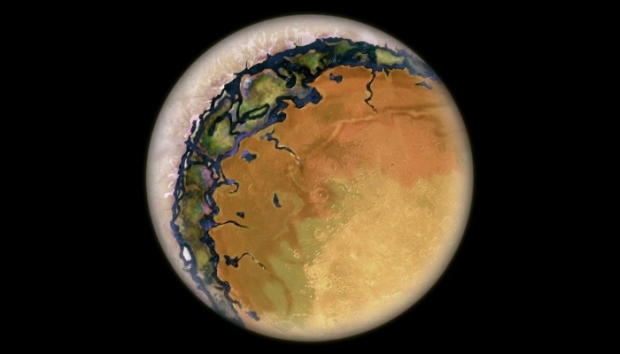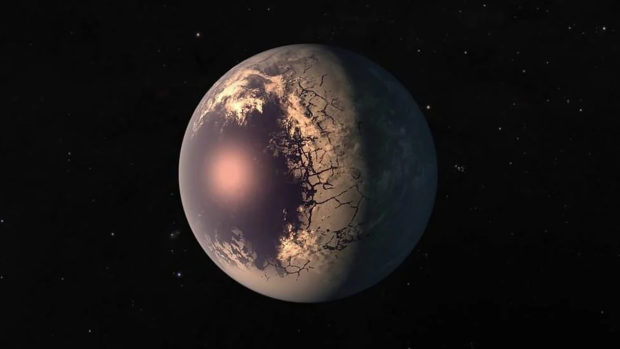Planetary scientists have many names for the variety of planets found in the cosmos, with descriptions such as super-Earth's, hot Jupiter's, and, strangely enough, Eyeball Planets.

These planets are unique in their own way and, oddly enough, may be abundant throughout the cosmos. So, how does an exoplanet become an Eyeball Planet? These types of planets are created through a process called tidal locking, which is a phenomenon that takes place between a pair of co-orbiting astronomical bodies when one of the bodies reaches a state where there is no net change in its rotation rate throughout a complete orbit. For example, the Moon is tidally locked to Earth, which is why we only ever see one side of the Moon.
In the same way, the Moon is tidally locked to Earth, so are exoplanets to their host stars, and some of these exoplanets can be quite close to their host stars, resulting in one side of the exoplanet being scorched and the other remaining in perpetual darkness.
The side in perpetual darkness is likely completely frozen over, while the other has scorching temperatures; both are impossible to host life as we know it. However, there are no day/night cycles on tidally locked exoplanets, which means there is a ring that runs around the center point of the entire planet that's perpetually in twilight.

Example of how the Moon is tidally locked to Earth (Left)
Astronomers have previously identified an Eyeball Planet called Wolf 1069 b that may be at the correct distance from its host star to have the right temperatures to host life within its twilight region, leading planetary scientists to believe there could be many more Eyeball Planet's out in the cosmos similar to Wolf 1069 b. Within these twilight regions, ice could be melting from forming liquid water, and since the exoplanet is tidally locked, the conditions within these regions would change at a rate far less than if the planet was rotating.
Astronomer Sean Raymond noted that any planet that is tidally locked to its star is likely to look very different on its "day side and its night side". Additionally, Raymond noted that the "galaxy may be littered with wild varieties of eyeball planets!" and that the differences can come in the form of clouds clustering in certain areas, ice freezing on the night side, to barren wastelands on the day side.
In other news, NASA's Hubble Space Telescope has captured ghostly appearances within Saturn's rings, a phenomenon that is entirely understood by researchers. Check out the image captured by the iconic space telescope below.


